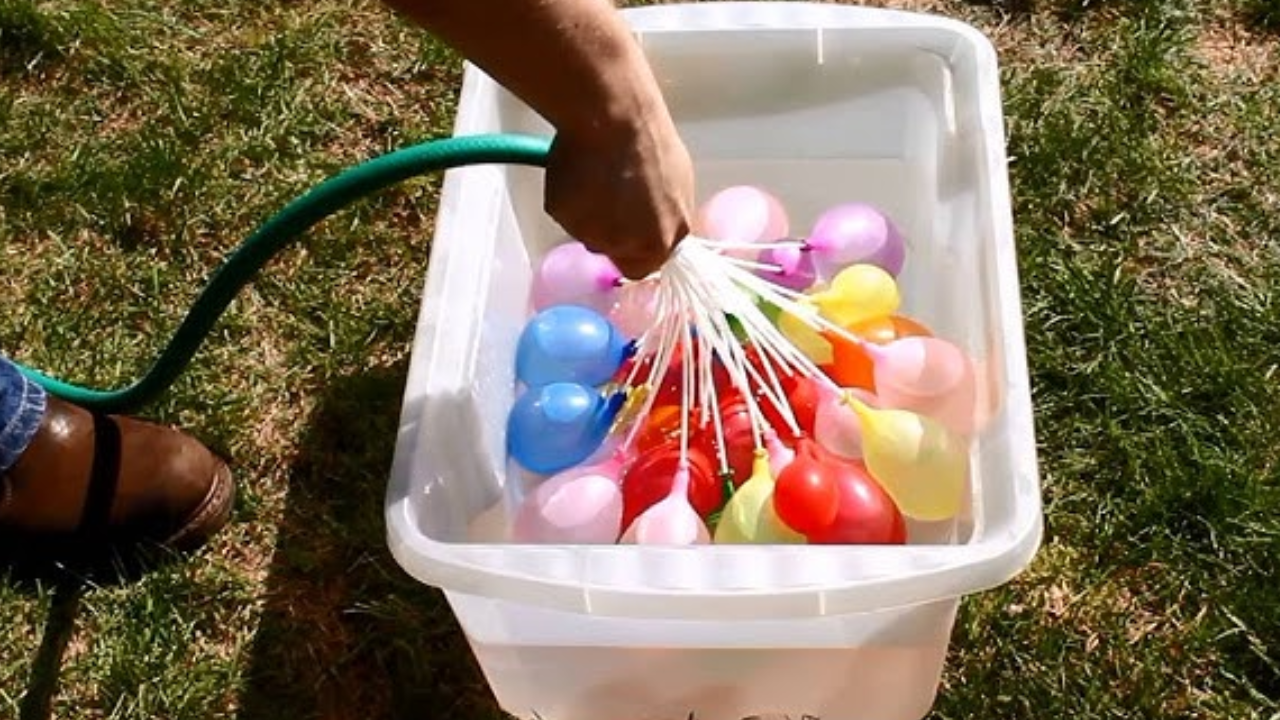An environmentally beneficial substitute for conventional water balloons is biodegradable balloons. They are a renewable resource because they are usually made of natural latex rubber, which is extracted from the sap of rubber trees. When these balloons are exposed to the weather, they are meant to decompose organically over time.
Variations exist in the degradation process as a result of exposure to sunlight, moisture content, and temperature. Biodegradable water balloons are safer for the environment because they produce less plastic waste and pose less threat to wildlife. Although the precise breakdown time can vary, it usually takes a few weeks to several months. To learn more about Hiliop go to the website.
Is It Possible To Recycle Biodegradable Water Balloons?
In general, biodegradable water balloons cannot be recycled using conventional methods. Although they decompose organically in the environment, the materials utilized might not be compatible with conventional recycling methods. It is advised to dispose of them properly in waste or compost bins to ensure that they break down quickly and don't contaminate recycling streams.
Conventional Water Balloons Last Longer Than Biodegradable Ones
Traditional water balloons, which are usually made of latex or other non-biodegradable materials, have lost some of their appeal in favor of biodegradable water balloons, which are more ecologically friendly. The natural decomposition and breakdown of biodegradable water balloons over time lessen the environmental impact of single-use plastic products, which is one of their main selling points. Nonetheless, there are a few things to think about in terms of durability.
Material Composition:
The materials used in the creation of biodegradable water balloons have a direct impact on how long they last. Conventional water balloons are typically composed of resilient materials like plastic or latex. In contrast, natural latex or substances based on starch are frequently used in the production of biodegradable balloons. The fact that these materials degrade with time has led to concerns regarding their strength and durability, though.
Strength and Elasticity:
Producers of biodegradable water balloons must keep their products' strengths and elasticity on par with those of conventional balloons. Technological and material science developments have made it possible to formulate surprisingly robust biodegradable alternatives. Providing customers with balloons that can resist the pressure of being inflated with water and hurled is the aim.
Resistance to Popping:
It's a common misconception that biodegradable water balloons are more likely to burst. Nonetheless, a lot of biodegradable alternatives are designed to not burst during regular water balloon fights. Manufacturers strive to achieve a balance that guarantees a satisfactory level of resilience without sacrificing the environmentally friendly aspects, even though their products might not be completely impervious to breaking.
Texture and Thickness:
The durability of a water balloon is largely dependent on its thickness and texture. To avoid breaking easily, biodegradable water balloons are carefully designed taking these factors into account. Manufacturers strive to provide a product that is both environmentally responsible and delivers a satisfying burst upon impact by striking the right balance.
Durability vs. Environmental Impact:
Choosing between conventional and biodegradable water balloons involves a trade-off between durability and environmental impact. While traditional balloons composed of non-biodegradable materials might be more resilient, they also contribute to environmental damage and plastic pollution. Although they are not as durable as regular balloons, biodegradable balloons offer a more environmentally friendly alternative.
Customer Perception and Responsibility:
As environmental issues become more widely known, consumers' perceptions and responsibilities are changing. Selecting biodegradable water balloons signifies a deliberate choice to put sustainability ahead of absolute durability. Customers are becoming more aware of their responsibility to choose environmentally friendly products, even if it means sacrificing a little bit of a product's durability.
Conclusion
Biodegradable water balloons have undergone significant improvements in terms of strength, elasticity, and resistance to popping thanks to research and development efforts made by the manufacturers. There may still be situations in which traditional balloons are more durable than biodegradable ones, but the latter have substantial environmental advantages.


